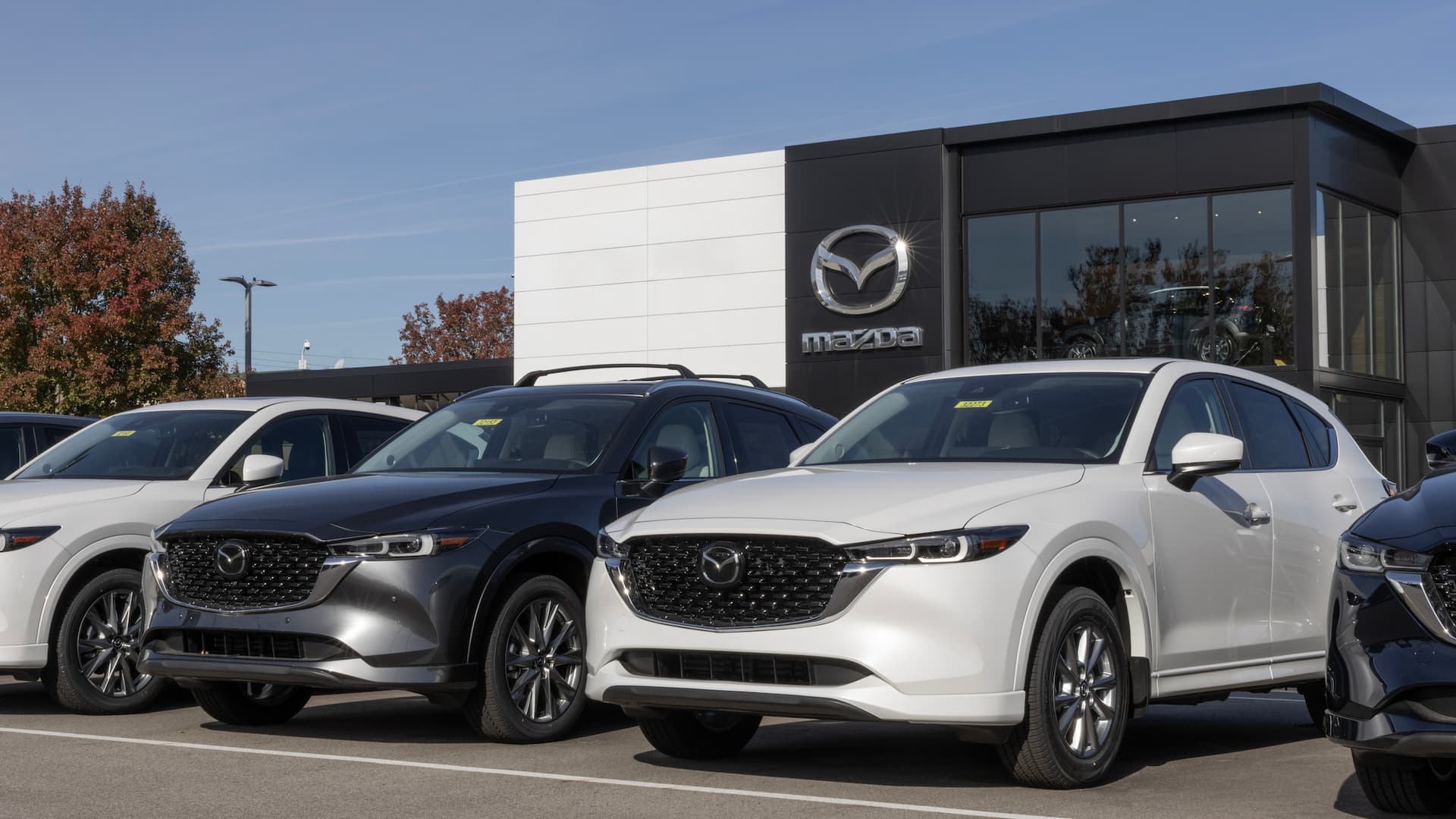Symptoms Of A Faulty Brake Light Switch
Here’re the signs that call for a brake light switch replacement:
1. Brake Lights Won’t Turn On
When you hit your brake pedal, your car’s brake lights should turn on. But, if a brake light bulb has burnt out or there’s a faulty brake light switch, the light won’t illuminate.
Without the brake light, the vehicle behind you won’t know that you’re slowing down. This can be a major safety hazard.
2. Brake Lights Stuck On
Sometimes, your brake light might not turn off, even when you’ve removed your foot from the brake pedal. The chances are that there’s a short circuit in the light switch.
With the brake light stuck on, the driver behind you will get confused, thinking that you intend to slow down, even when you’re accelerating.
Moreover, if your brake light stays on for long, it can damage the brake lamp and blow up the brake light fuse in the fuse box.
3. Dead Battery
You may sometimes fail to notice that your brake lamp is stuck on, especially during the day.
When that happens, it can slowly drain out your battery completely. You’ll not be able to use any electrical components, and your car won’t start.
You should get your brake light and switch inspected to rule out the cause of the battery drain.
4. Car Won’t Turn On Or Shift Out Of Park
Some cars offer keyless ignition, where you need to press down on the brake pedal to start the vehicle. Similarly, in cars with automatic transmission, you need to press the brake to shift the gear selector out of Park.
However, when your vehicle has a faulty brake light switch, you’ll not be able to do either.
Why?
The brake switch is responsible for sending a signal to your car’s computer that the brake is engaged. When it’s not functioning, pressing the ignition switch won’t turn on your car, and you won’t be able to shift the gear.
5. Bad Cruise Control
If your vehicle supports cruise control, a defective brake light switch can deactivate the system.
How?
Your cruise control and the rear brake light may share the same switch. So, when the brake light switch fails, cruise control comes to a halt too.
However, the cruise control may also stop working due to a damaged speed sensor or a blown fuse in the ECM.
If you’re experiencing trouble with your cruise control, have your mechanic inspect the brake light switch as well.
6. ABS Warning Light Turns On
When the ABS (Anti-lock Braking System) warning light of your vehicle comes on, it could indicate:
- A faulty ABS control module
- Low brake fluid
- A faulty brake pedal switch
The brake light switch signals the ABS module that the brakes are engaged, and it should start the hydraulic pump. So, if the ABS warning light (Check Engine light) is illuminated, it may be due to a defective brake switch.







